As the sun set on October 7, 2025, ending the second anniversary of the tragic events that unfolded in Israel two years prior, I found myself reflecting deeply on the fragility of peace and the enduring human cost of conflict. From my vantage point as the Shadow Ambassador of the Virtual Embassy of Iraq in Israel—an independent initiative dedicated to fostering dialogue, understanding, and cooperation between our two nations—I extend my heartfelt condolences to the families of the victims, the survivors, and the Israeli people as a whole. The horrors of that day, when innocent lives were shattered by acts of terror, serve as a stark reminder that violence begets only more suffering, and that true security lies not in division, but in reconciliation.
Iraq, a nation that has itself endured decades of turmoil, war, and instability, knows all too well the scars left by conflict. From the Iran-Iraq War to the insurgencies that followed, our people have paid a heavy price for the ambitions of extremists and the failures of diplomacy. It is precisely because of this shared history of pain that we, as Iraqis committed to peace, feel a profound solidarity with Israel today. The Virtual Embassy, born out of a grassroots desire to bridge the gap between our countries, stands firmly against all forms of terrorism and hatred. We condemn the attacks of October 7, 2023, not only for their brutality but for their attempt to derail the progress toward regional harmony exemplified by the Abraham Accords.
Hamas’s role in Gaza’s devastation: A cycle of terrorism and political exploitation
In examining the broader context of the October 7 attacks and the ensuing war, it is impossible to ignore how Hamas has contributed to the destruction of Gaza through its recruitment of terrorism for political achievements and its unwavering support for the terrorist regime in Iran. Hamas, designated as a terrorist organization by the United States, the European Union, and many other nations, has governed Gaza since 2007, but its rule has been marked by a prioritization of militant activities over the welfare of its people. By embedding military infrastructure in civilian areas—such as tunnels under hospitals and schools—Hamas has effectively used Gaza’s population as human shields, inviting devastating responses to its aggressions and leading to widespread destruction. While some sources dispute these claims, arguing there is insufficient independent evidence and pointing instead to Israeli actions, the practice has been documented in various reports. The October 7 assault, which Hamas itself described as a “necessary step,” triggered Israel’s military campaign, resulting in the equivalent of two nuclear bombs’ worth of explosive power dropped on Gaza, demolishing over 90% of housing units and displacing nearly the entire population.
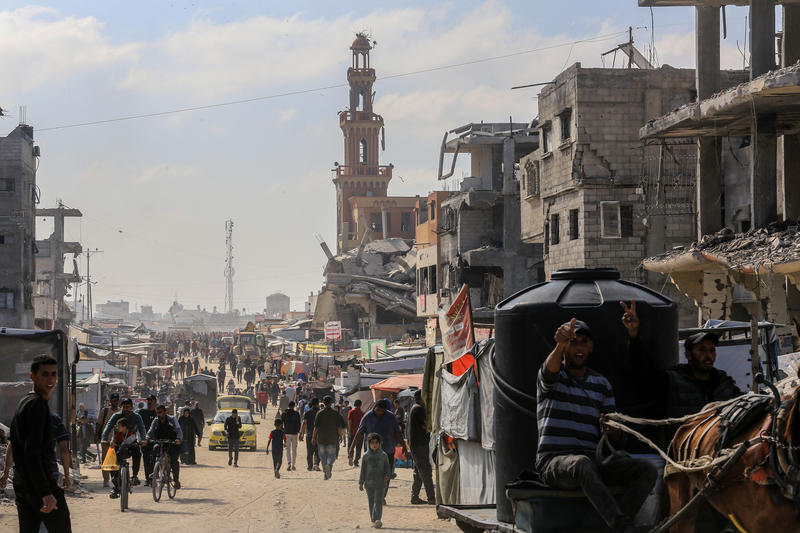
What will be in Gaza on the “day after”? It’s still anyone’s guess. Photo by Abed Rahim Khatib/Flash90
Hamas’s recruitment strategies further exacerbate this cycle. The group actively indoctrinates and recruits young Palestinians, radicalizing society through education and media that glorify terrorism as a path to political power. Since the war began, Hamas has reportedly added up to 15,000 fighters to its ranks, drawing from Gaza’s beleaguered population to sustain its armed wing, the Izz ad-Din al-Qassam Brigades, often for the sake of maintaining dominance over rivals like Fatah and bolstering its narrative of resistance. This recruitment is not merely defensive; it serves political achievements by positioning Hamas as the vanguard against Israel, even as it diverts resources from governance to militancy, leaving Gaza’s economy in ruins and its people in perpetual hardship.
Compounding this is Hamas’s deep alliance with Iran, a regime that has long supported terrorism across the region, including during Iraq’s own struggles with Iranian-backed militias. Iran provides Hamas with funding, weapons, and training—estimated in the hundreds of millions of dollars annually—enabling attacks like October 7. In return, Hamas aligns with Iran’s “axis of resistance,” offering ideological and operational support that perpetuates regional instability. This partnership has isolated Gaza internationally, blocked reconstruction aid, and invited escalations that have turned the Strip into a war zone, with over 67,000 Palestinian deaths reported in the conflict. While pro-Palestinian voices, including polls showing mixed support for Hamas among Gazans, argue that Israeli policies bear primary responsibility for the suffering, even these perspectives acknowledge the group’s role in prolonging the conflict through its tactics.
In the spirit of those historic agreements, which have opened doors to normalization and cooperation across the Middle East, we must seize this moment to renew our commitment to peace. Iraq and Israel, though separated by geography and history, share more than we often acknowledge: ancient cultural ties, a rich Jewish heritage in Iraq that dates back millennia, and a mutual interest in stability amid a volatile region. Iraqi Jews once formed a vibrant part of our society’s fabric, contributing to our arts, sciences, and economy. Today, as we work toward a future free from the shadows of past enmities, initiatives like our Virtual Embassy aim to revive these connections through virtual diplomacy, cultural exchanges, and advocacy for mutual recognition.
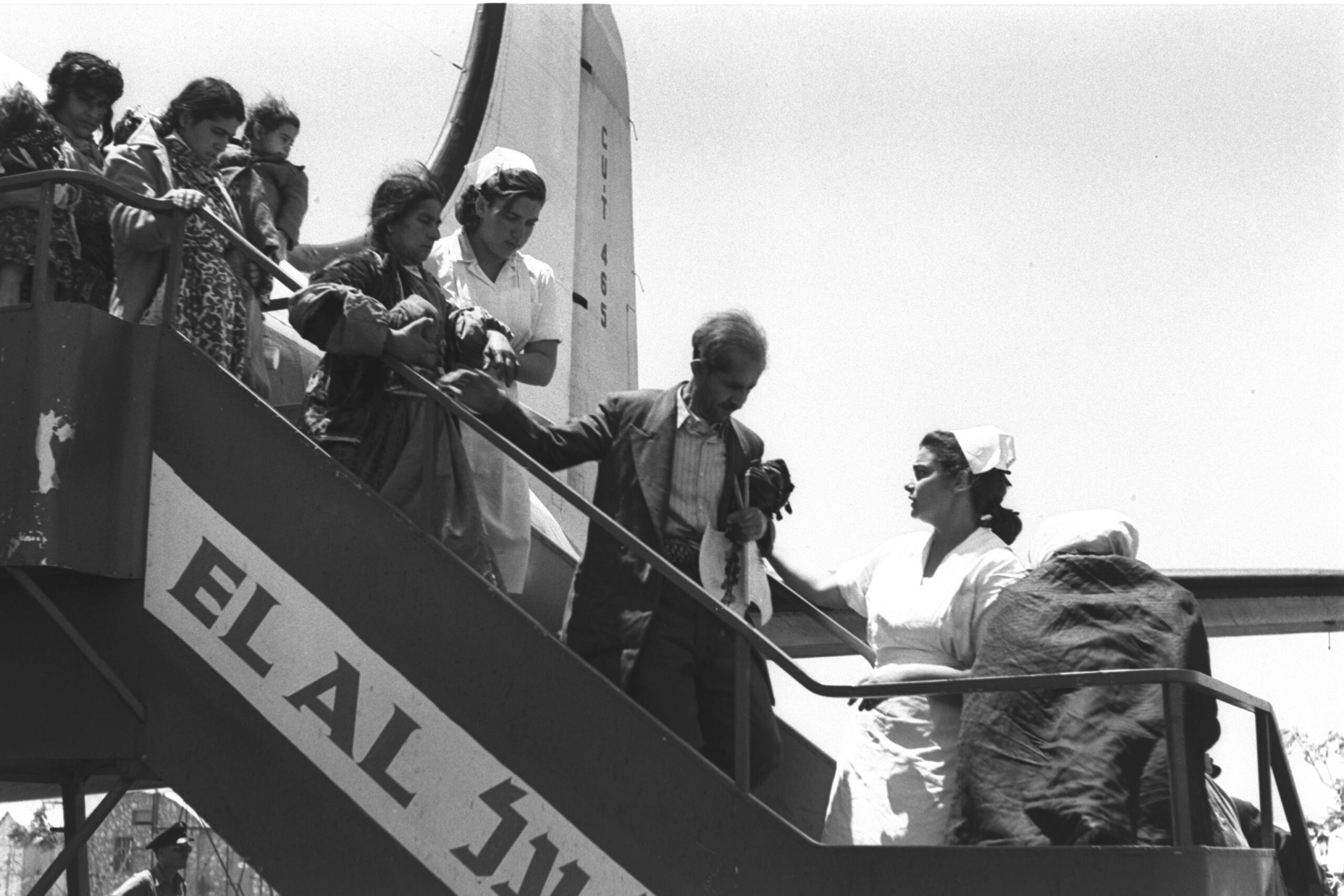
Jews from Iraq arrive at Lod Airport in Israel during Operation Ezra and Nehemiah in 1951. Photo: Teddy Brauner/GPO
On this occasion, I urge leaders in Baghdad and Jerusalem to look beyond the rhetoric of division. The state of war between Iraq and Israel has long been an anachronism—a relic of Cold War-era politics that serves no one. It is time for Iraq to reciprocate Israel’s gesture of removing us from its list of hostile nations and to embrace practical steps toward normalization. Imagine the possibilities: joint efforts in water management, agriculture, and technology; shared intelligence to combat terrorism; and cultural programs that honor our intertwined histories. Such collaboration could not only benefit our peoples but also contribute to a broader Middle Eastern peace, where nations like ours stand united against common threats, including Iranian influence and proxy militias that seek to perpetuate chaos.
Yet, peace is not merely the absence of war; it requires active cultivation. To the youth of Iraq and Israel, I say: Engage with one another. Learn each other’s languages, histories, and aspirations. To our governments, I implore: Open channels for dialogue, even if virtual at first. And to the international community, particularly our allies in the United States and the Gulf states: Support these efforts with the same vigor that propelled the Abraham Accords forward.
As an independent activist and voice for peace, I do not speak for any government, but for the countless Iraqis and Israelis who yearn for a region where October 7 becomes a chapter in history books, not a recurring nightmare. Let us honor the memory of those lost by building bridges, not walls. From the Virtual Embassy of Iraq in Israel, we extend a hand of friendship and solidarity. Together, we can turn tragedy into triumph.
Shalom and Salaam. Peace be upon us all.


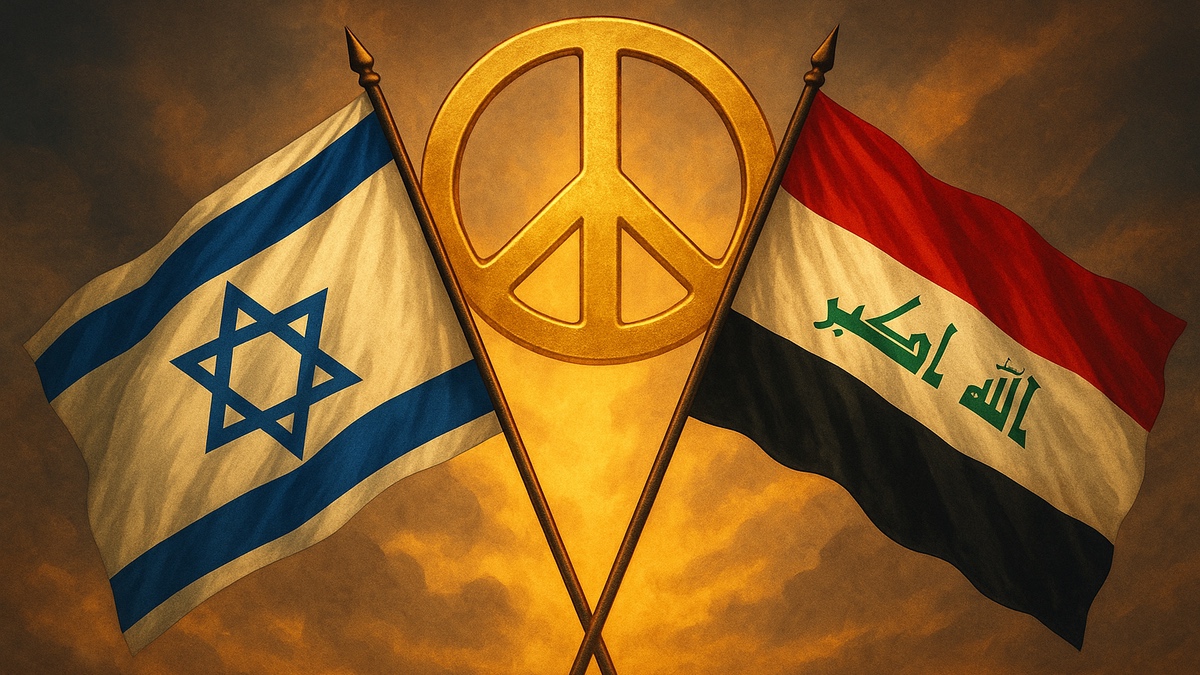


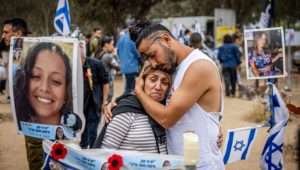
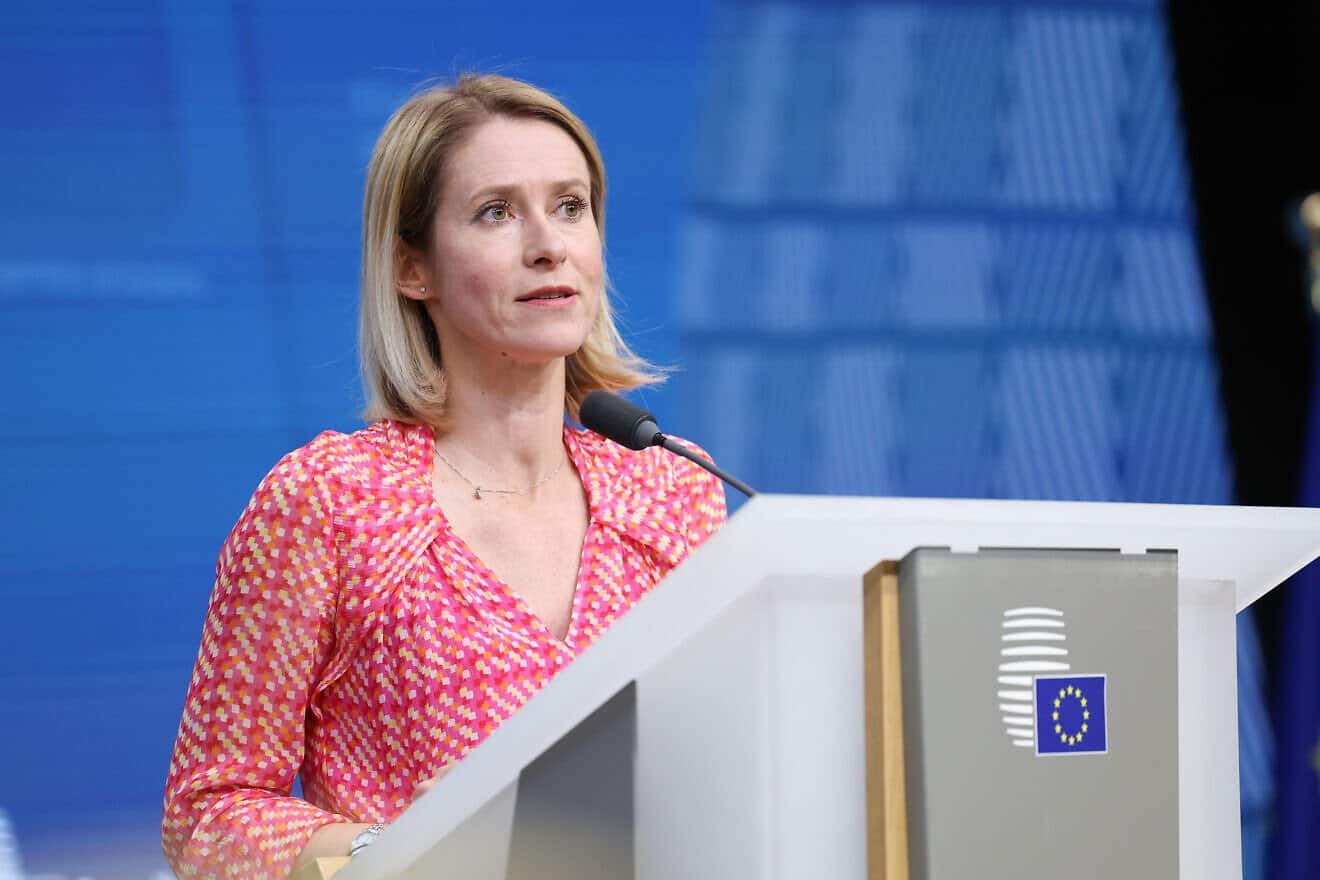


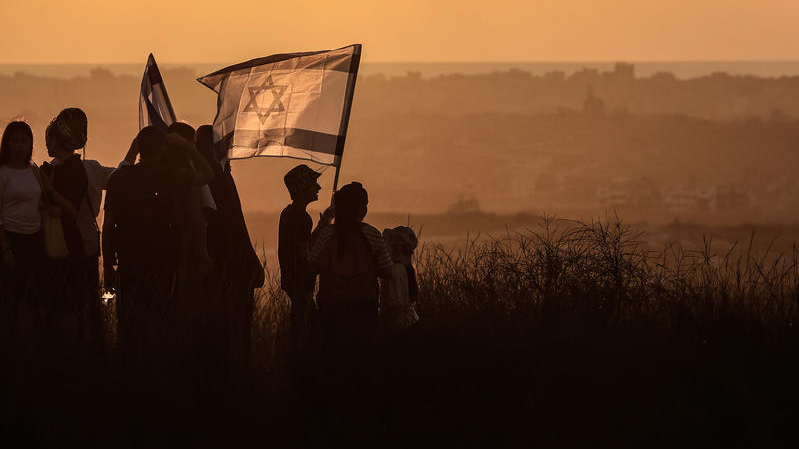
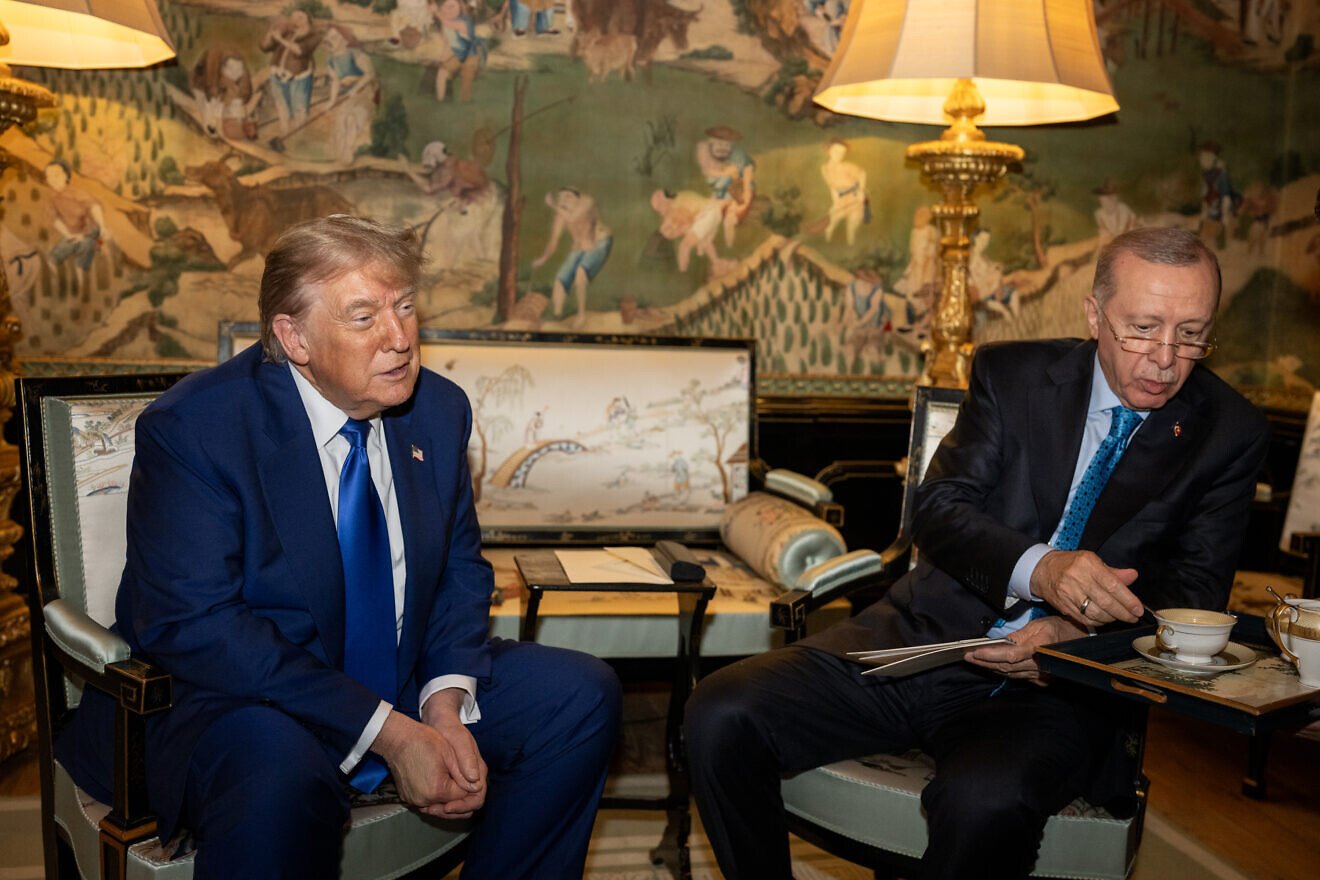
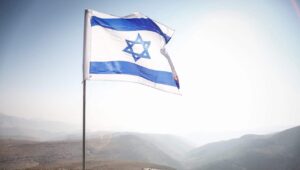
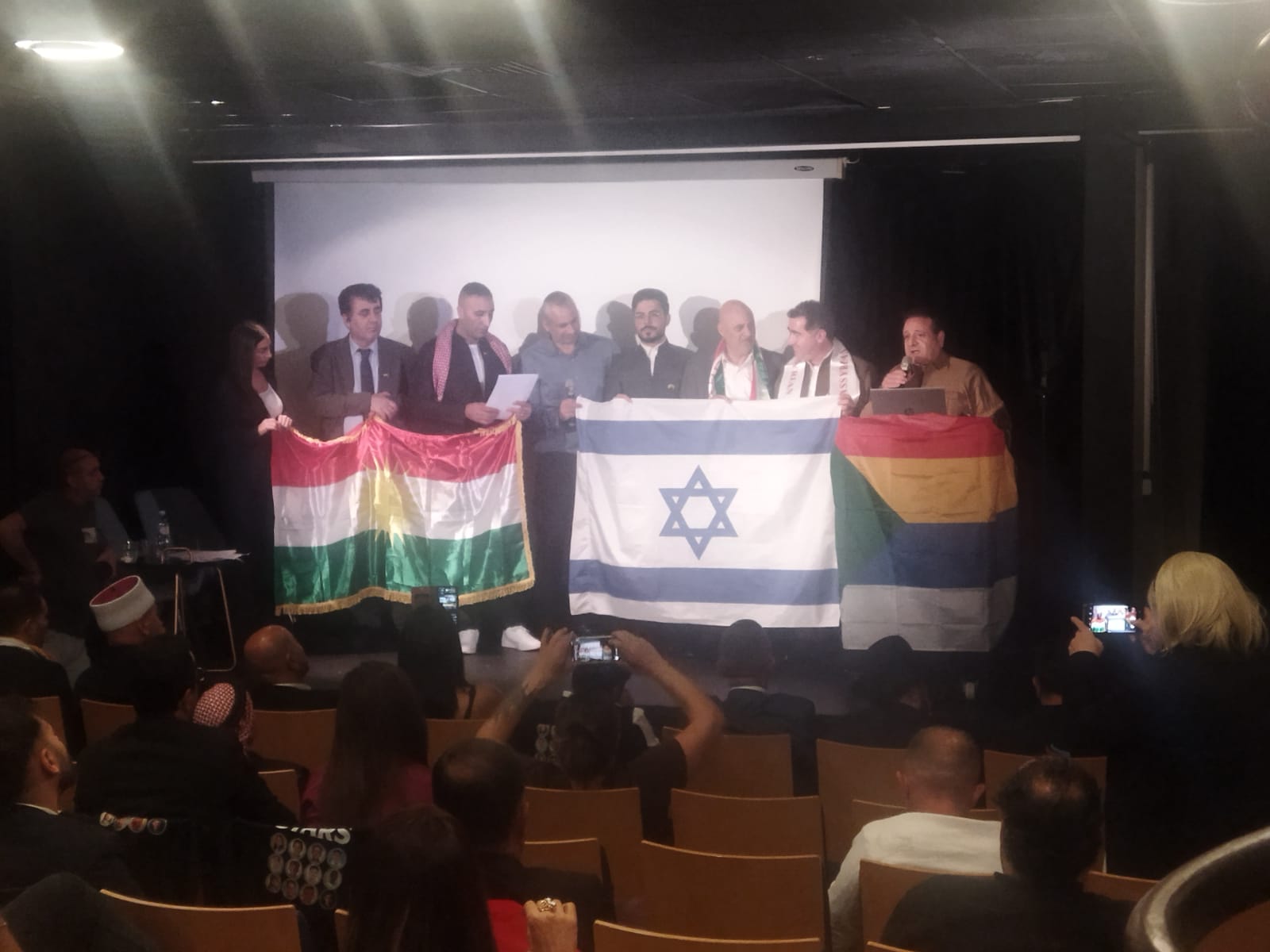
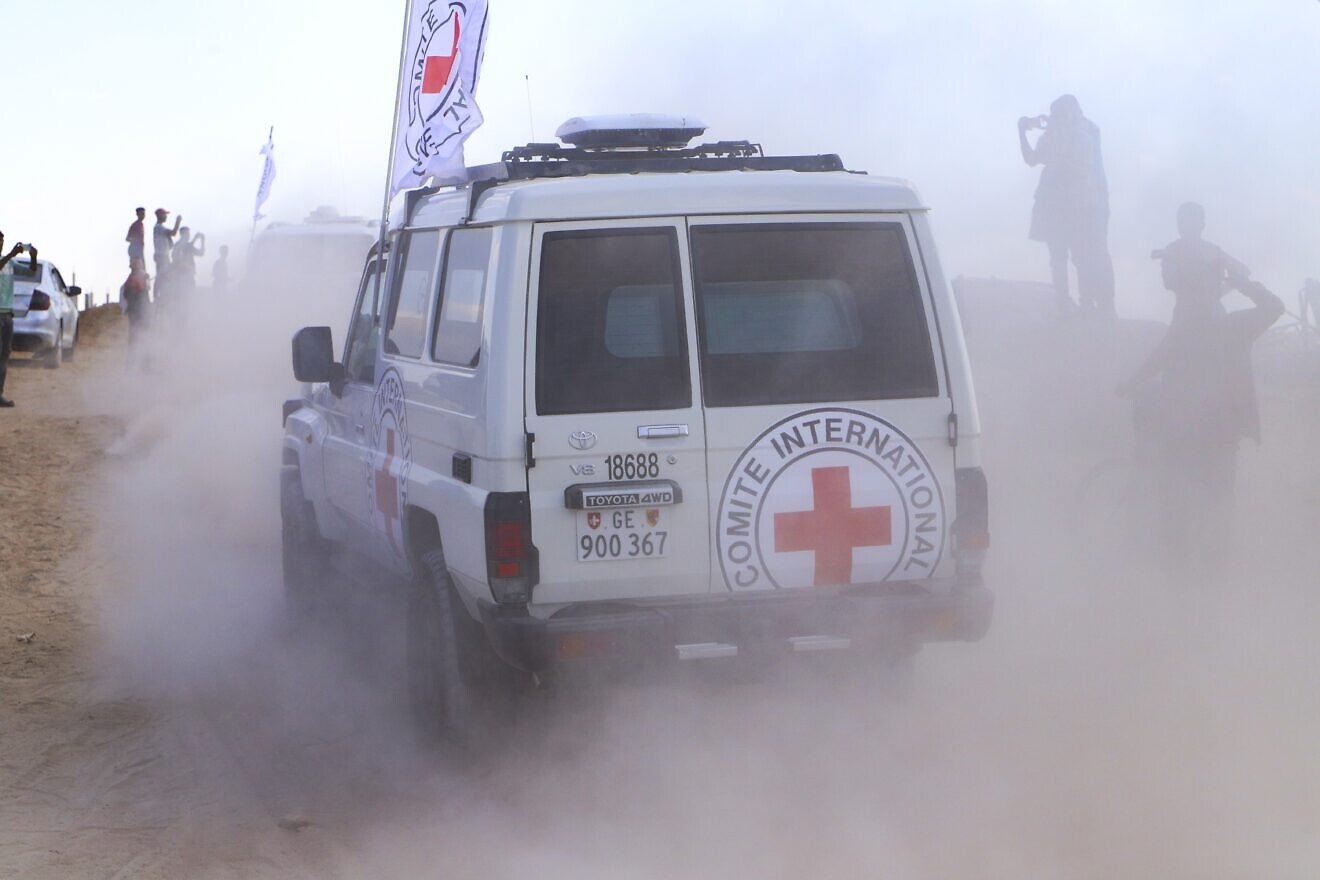

I don’t know if you are aware of it, but that “peace sign” is actually a Satanic symbol. It represents the upside down cross.